Sheep farmers have endured a mixed year. Management during April and the first half of May was characterised by poor grass growth and higher costs from concentrate supplementation.
When the season got back on track in late May/early June, grass growth rates surged, leaving grassland management particularly hard to control. Lamb performance also dipped, even where practices were in place to improve grass quality, with many swards heading out at a low height.
Similar challenges were faced in the research demo flocks in the Teagasc Athenry stocking rate and prolificacy trial (six flocks operating at three stocking rates of 10 ewes, 12 ewes and 14 ewes per ha and high and low prolificacy).
Lead researcher with the trial Philip Creighton said that lamb performance in late lactation was on target to compensate for a poor spring, but was limited in the final weeks pre-weaning.
This resulted in overall pre-weaning growth rates being 5g/day to 10g/day below normal, as detailed in Table 1.
Performance in the high prolificacy groups and the 12 ewes/ha stocking rate group compared with the stocking rate of 10 ewes/ha was likely helped by the higher number of animals aiding better control of grass quality.
Recovery in performance
Performance since weaning on 20 June has been better than anticipated and has benefitted from after-grass swards entering the rotation and steps taken, including dividing paddocks, topping and taking surplus paddocks out of the rotation, to improve grass quality in June.
Current daily liveweight of lambs in the 10 ewes/ha stocking rate group averaged 282g/day at the last weighing, with lambs in the 12 ewes and 14 ewes groups averaging 250g/day and 261g/day respectively.
There could be an element of short-term compensatory growth again occurring in the high and low stocking rate groups exceeding lamb performance in the mid-stocking rate groups.
Whatever the case, the focus is on maximising lamb performance. Philip explains that most swards are now at a stage they are happy with.
Lambs are entering paddocks at a target pre-grazing height of 7cm to 8cm, grazing to 5cm to 6cm and being followed by dry ewes which in turn are grazing down paddocks to 3.5cm to 4cm to promote top-quality regrowth.
“Growth rates averaged 68kg DM/ha in June and 70kg DM/ha to 75kgDM/ha in recent weeks. Our demand fell to 35kg DM/ha to 40kg DM/ha after weaning, which has presented some challenges in controlling grass quality.
“We have about 10% of all farmlets that will be taken out and baled this week. This will reduce our days ahead from 20 to 15 days and help keep grass quality where we want it. It also puts us in a strong position to start building good-quality grass in late July and August to meet rising demand from lambs grazing and ewes requiring higher intake before and during mating.”
The lower growth rates pre-weaning slowed initial drafting rates, but Philip expects this to recover in the weeks ahead. Lambs are being drafted at a liveweight of 43kg to 46kg with a target kill-out percentage of 44% to 45% in wether and ewe lambs to deliver carcase weights of 19kg to 20.5kg.
Silage reserves
Grass covers in the surplus paddocks are about 1,800kg DM/ha to 2,200kg DM/ha, so this silage will be a source of excellent-quality feeding in late pregnancy. It joins an excellent-quality first-cut and other high-quality bales saved from surplus grass.
“We were lucky with our first-cut silage. It was baled the last week of May in ideal conditions after a 24-hour wilt. It averaged about 7.5 bales per acre at 30% DM.
“Along with surplus paddocks, we have exceeded our winter forage requirement for a 100-day winter with the lowest stocking rate group highest at about 150% of their forage requirement. This is based on a 100-day winter (consuming 1.3kg DM/head/day), which we have not had for this group in the last five years with winter generally averaging 100 days, 85 days and 65 days in the high, medium and low stocking rate groups,” said Philip.
Health considerations
Lambs have received three worm treatments to date, with two of these for nematodirus early in the season.
Treatments for the remainder of the year will be based on the results of regular faecal egg tests, which at present are being taken every two weeks.
Cobalt supplementation is also set to resume, with previous experience showing a very significant benefit in the flock of supplementing lambs at two-week intervals from this stage of the year on.
Managing replacements
The first ewes that started the trial in 2011 have turned six years old and while a small number may be capable of breeding for another year, it is likely that these will be culled to maintain a balanced age profile in the flock.
As such, the replacement rate will remain in the region of 18% to 20%, with a higher replacement rate experienced on average in the high prolificacy flocks.
A comprehensive health protocol is in place for hogget ewes. Animals are quarantined on arrival to the farm and remain isolated from the flocks for three to four weeks.
They receive fluke and worm (product that also controls external parasites) treatment, regular foot bathing and vaccination for clostridial disease, enzootic abortion and toxoplasmosis.
The entire protocol costs in the region of €13 to €14, but as Philip points out, it is a small cost when spread over safeguarding and preventing possible disease entry into the entire flock.
Clover swards taking flocks in new direction
The research/demo flocks now have five years of information accumulated. With a sufficient bank of information to assess performance across the systems, Philip said the trial will start looking at other production variables.
The exact chosen direction for the immediate years ahead has not yet been decided upon, but one area that will feature prominently is assessing the potential of clover in sheep systems.
The foundation for assessing this commenced last year, with grass variety mixes for reseeding including 2kg clover seed, while clover seed was incorporated into a number of established grassland swards.
Incorporating clover into established swards has been stepped up this year, with three blocks of the farm designated to the flocks sown over the last two weeks.
This has been carried out by grazing paddocks bare and topping if required to bring the sward to a grass height of 3.5cm to 4cm. A grass seed box with the springs set hard into the ground was pulled on top of the sward to improve soil-clover seed contact. Areas received 18:6:12 in the previous fertiliser application and three-quarters of a bag at the next grazing to provide seedling plants with nutrients to promote optimum establishment.
Management
After this, management has a big influence. “Clover plants thrive if there is light getting to the base of the sward and it is not crowded out by grass plants,” explained Philip.
“Areas seeded will be grazed tight regularly and to a low height to help clover plants establish and multiply. Our aim is to have about 25% clover content in the sward to get any meaningful analysis on its influence.
“This is easier to achieve in reseeded swards, but with the right management, we are hopeful we can get a good take on established grassland.
“Swards reseeded last year and mowed as surplus silage this year have really benefited from being opened up with clover really getting established now,” he said.
The seeding rate used was 3kg naked seed per acre over most of the area, with 4kg coated seed used during a period of dry weather to try to protect the seed and promote establishment levels.
Varieties used
Varieties used in 2015 and 2016 are Aberace, Galway, Buddy and Coolfin. Buddy and Coolfin are new varieties developed by Teagasc and will be available next year. Galway is another small-leaf variety developed by Teagasc and, according to Philip, has achieved positive results to date.
For anybody considering incorporating clover into new reseeds or established swards, Teagasc’s advice is to rectify any weed issues first, as a high percentage of herbicides on the market are not clover-safe.






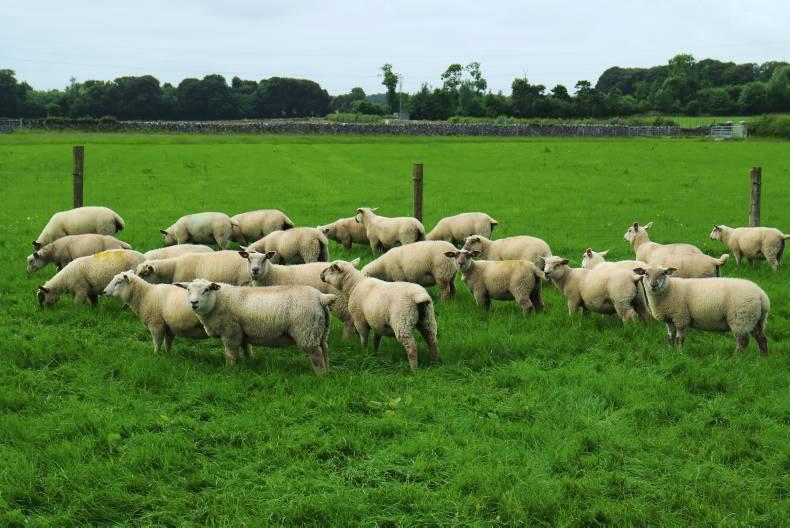
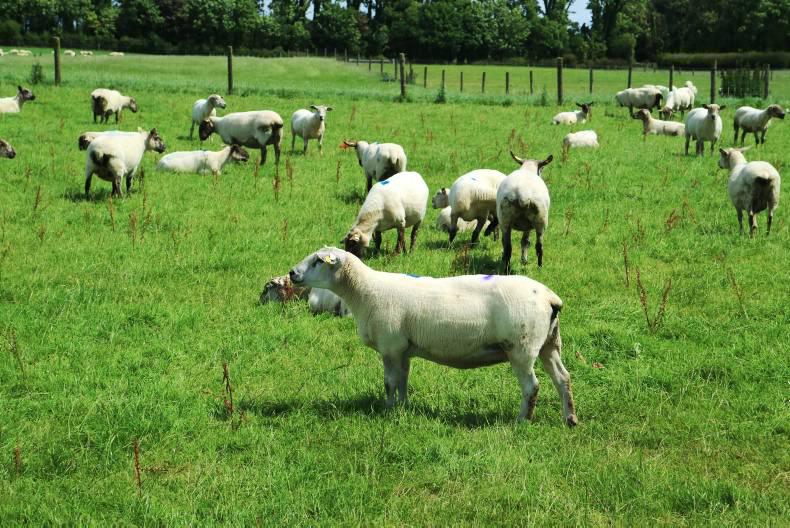
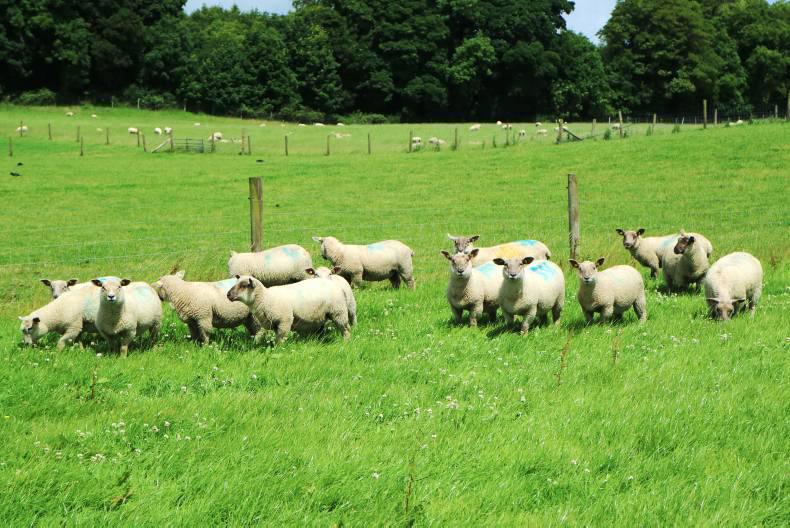


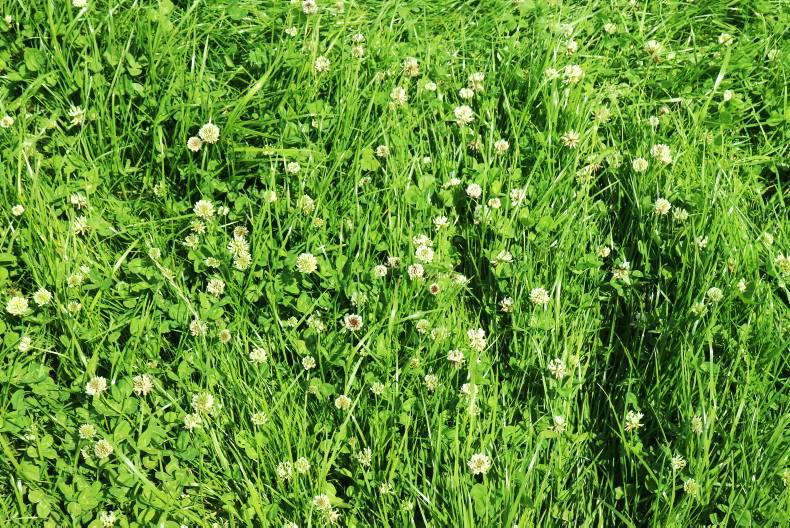
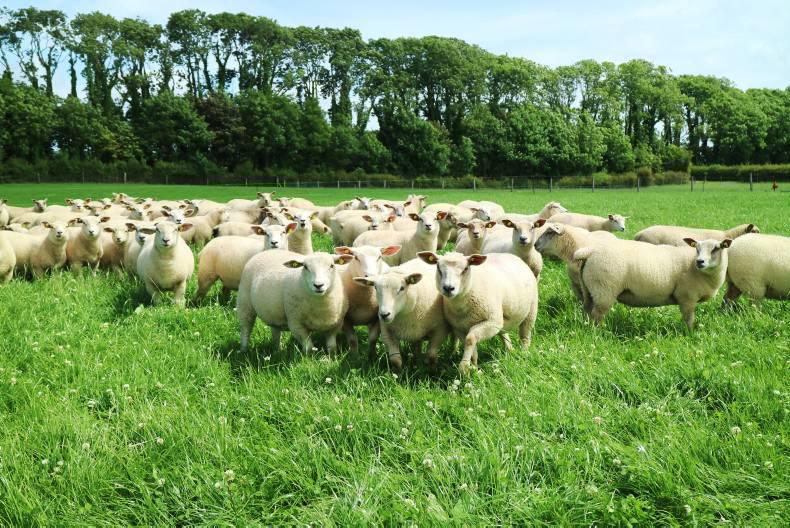
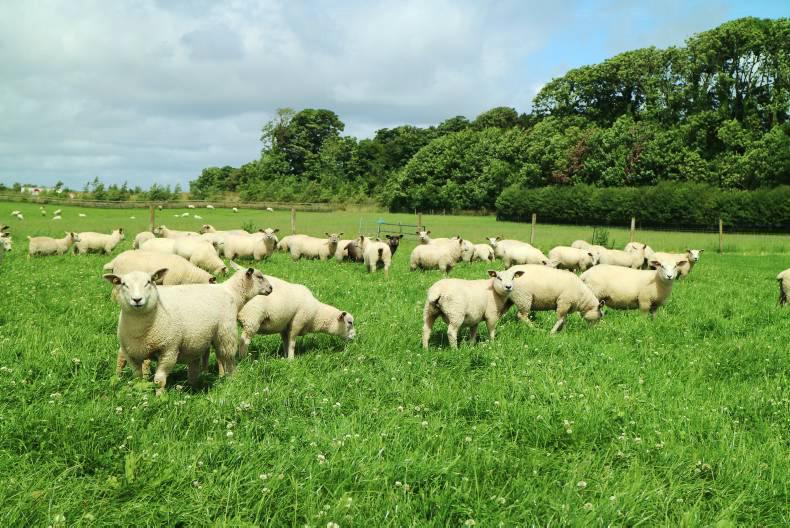


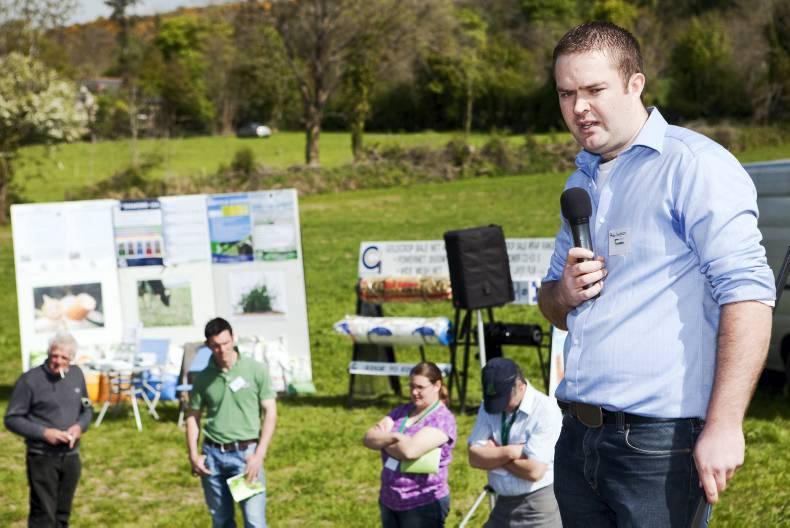
SHARING OPTIONS